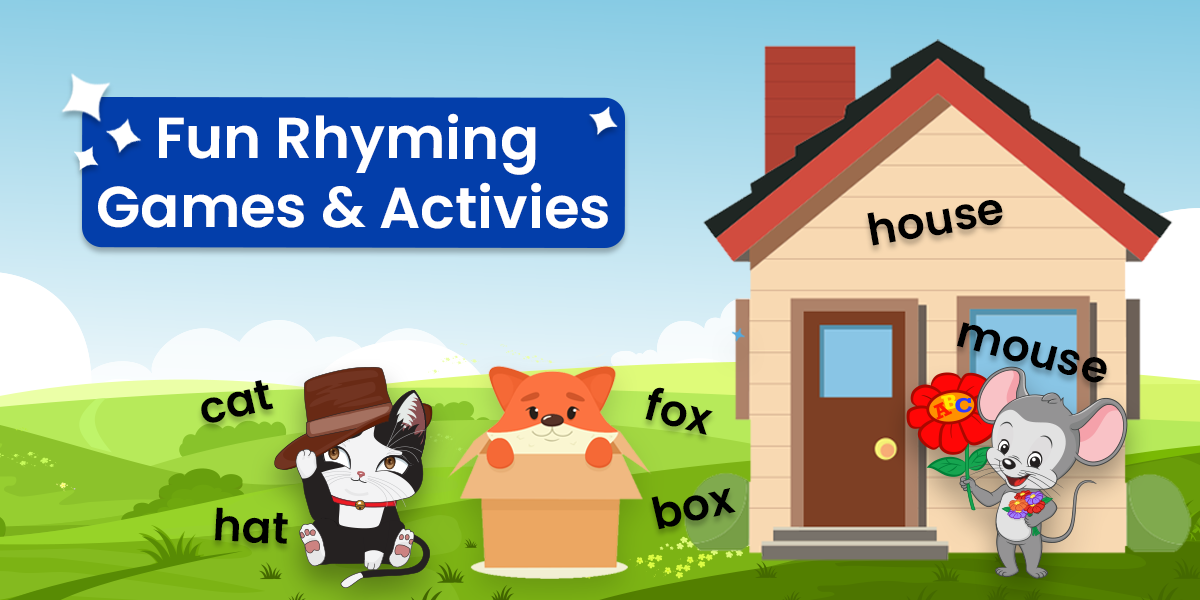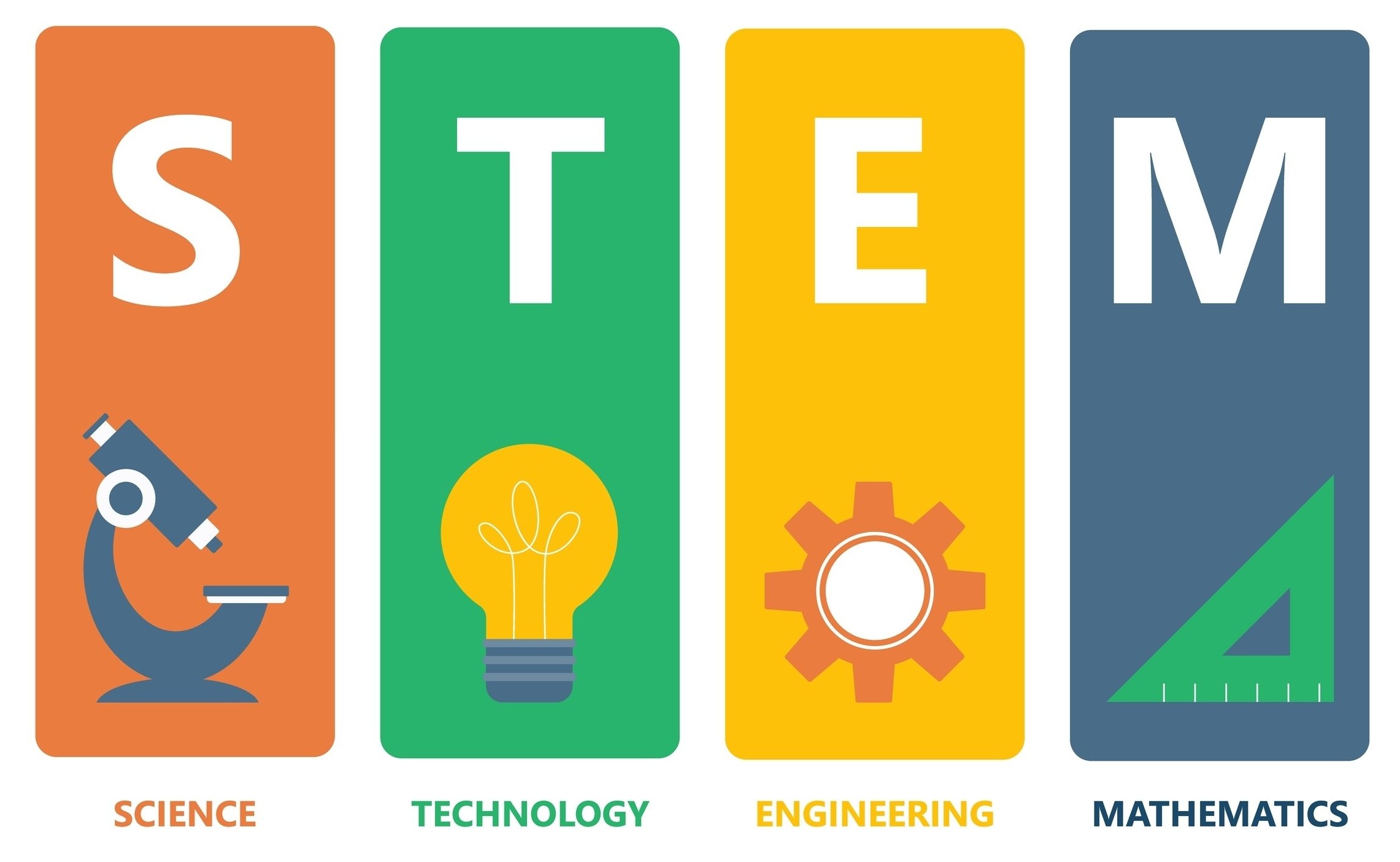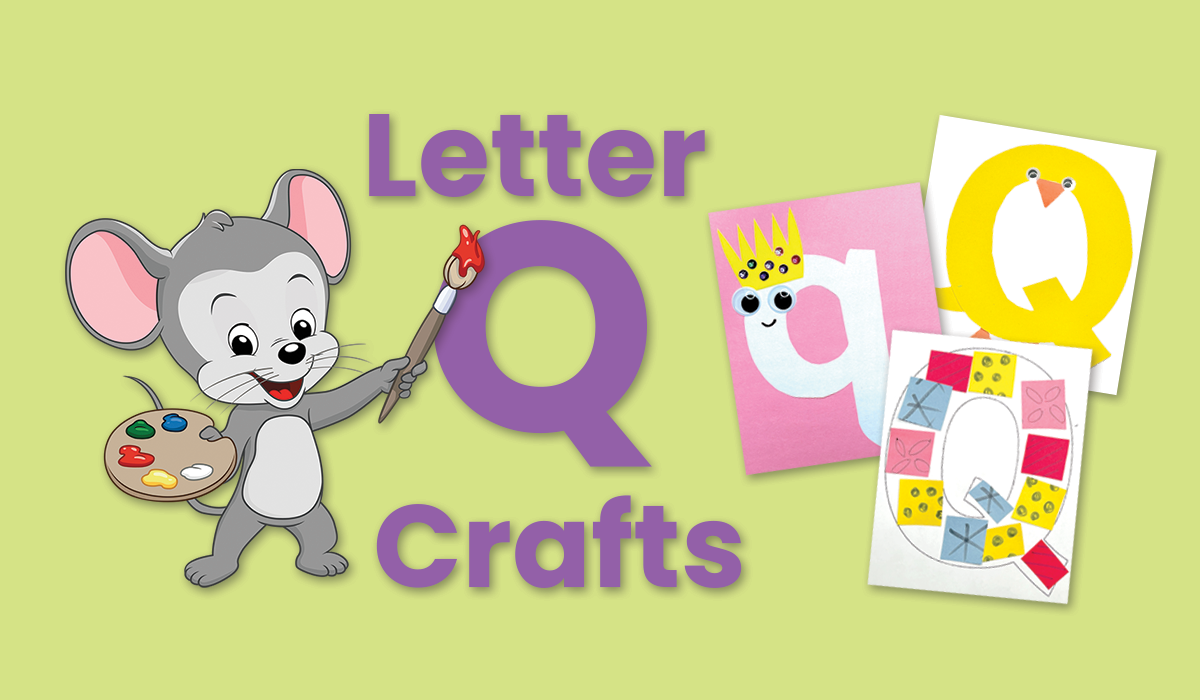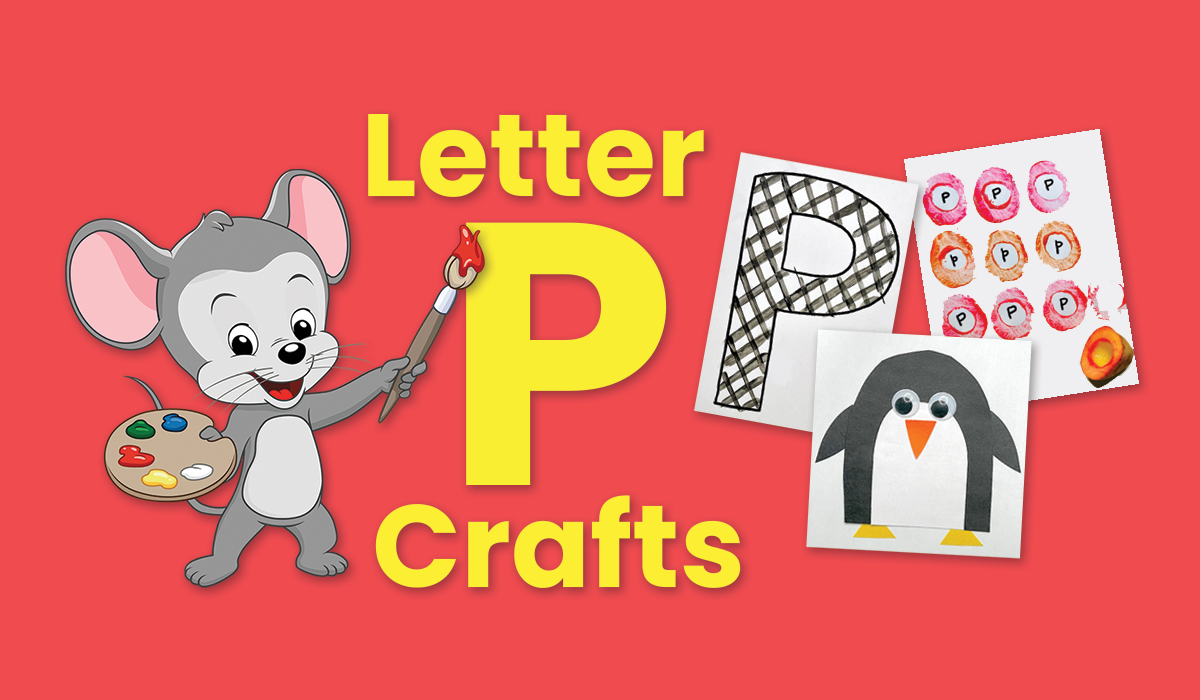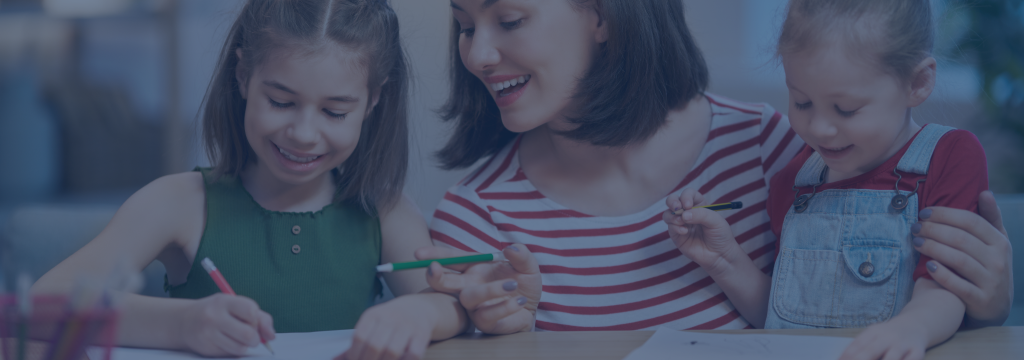35 Reading Activities for Kindergarten
Share
Boost reading skills with these play-based reading activities for kindergarten.
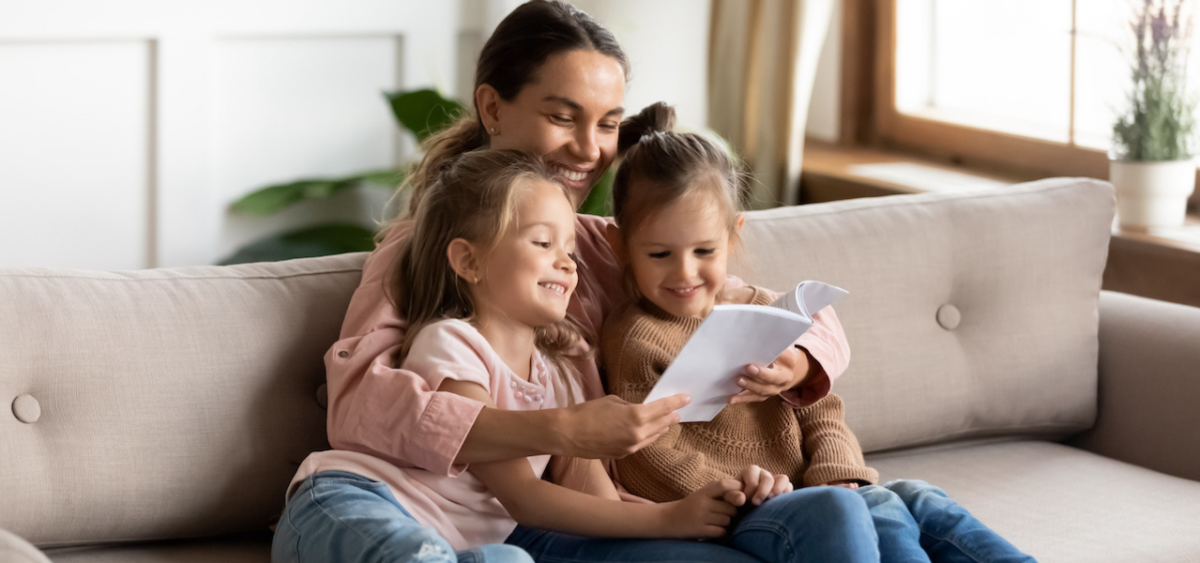
Kindergarten is an exciting time for emergent readers. They’re not only mastering the alphabet and letter sounds–they’re also beginning to stitch those sounds together into words. Take advantage of that excitement and their growing skills and add in reading practice that’s built around fun. Try these interactive games and reading activities for kindergarteners to help them grow foundational literacy skills and a love of reading.
1. Bounce and Rhyme
Play this game in pairs or even larger groups. Grab a ball and stand a few feet apart. The first player chooses the starting word, then bounces the ball to another player. They catch the ball and say a word that rhymes with the starter word. Keep this up until you run out of rhymes, then switch to a new word if you like.

2. Build Block Words
Use a dry erase marker to write letters on the sides of plastic building blocks. Invite your child to put together the bricks to form words. This is a really fun way to practice spelling words, too!
Tip: Try this activity with our free printable list of kindergarten spelling words.
3. Make DIY Alphabet Books
Before kids can read, they need to know the alphabet and the sounds that letters make. Have some fun assembling your own alphabet book. Try using a notebook or put together 26 pieces of paper, then have your child label each page with one letter of the alphabet. They can draw pictures associated with that letter or they can look through old newspapers and magazines to cut out and glue down images that start with each letter. This activity is inspired by the collage activity at Toddler Approved.
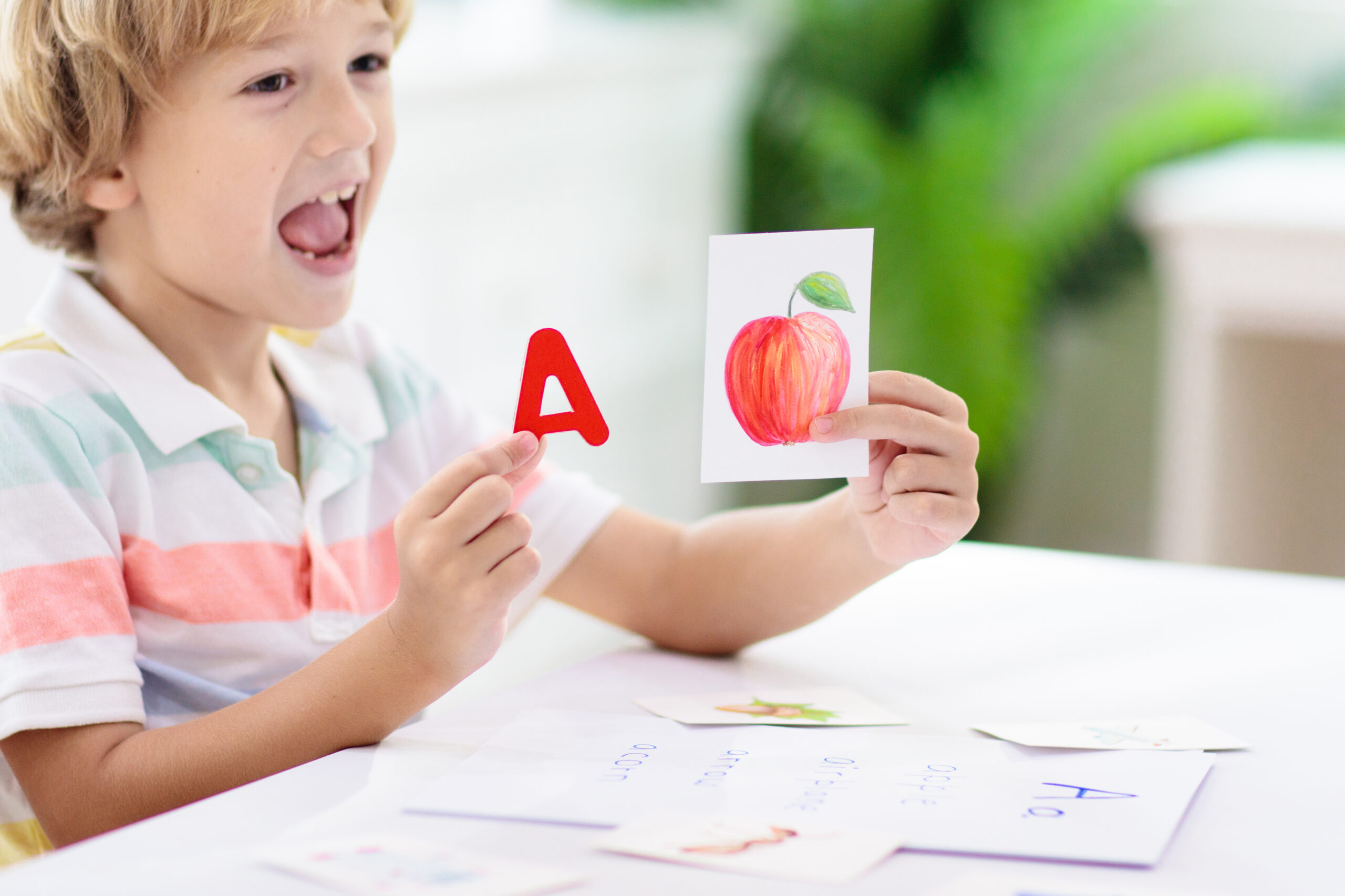
Tip: You can also have your child find objects that start with each letter of the alphabet and take their picture by it. Print these out and kids can paste them in to their alphabet book. If children are really enjoying this activity, make individual books for each letter of the alphabet.
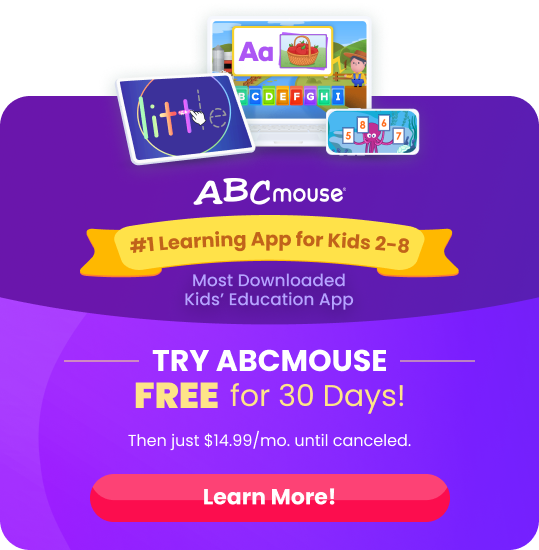
4. Sight Word Wall
Sight words help emergent readers by giving them a leg up on frequently used words that aren’t easy to decode. Grab our list of sight words for kindergartners, then use it to make a word wall. It will be a great source for them to refer to as they master these important literacy tools.
Tip: Find loads of sight word activities, games, and teaching tips in our sight word resource collection.
5. Word of the Day
Each day, introduce a new word to your child. Write it on a card, then learn the spelling and definition together. Throughout the day, try to find that word written in various places, like signs or books. Before bed, ask your child to spell the word and use it in a sentence, then hang the card on a Word of the Day wall so you can review it from time to time. Use our list of free printable kindergarten vocabulary words to help.

6. Move Letter Beads Along Pipe Cleaners
Once kids master the letters and the sounds they make, it’s time to begin combining those sounds into words. This simple reading activity is a fun way to start. Use letter beads that fit snugly onto pipe cleaners, as shown by Gift of Curiosity. Begin with the letters spread far apart, and ask kids to sound out each letter on its own. Then, move the letters closer together, continuing to make their sounds, until they’ve sounded out the entire word.
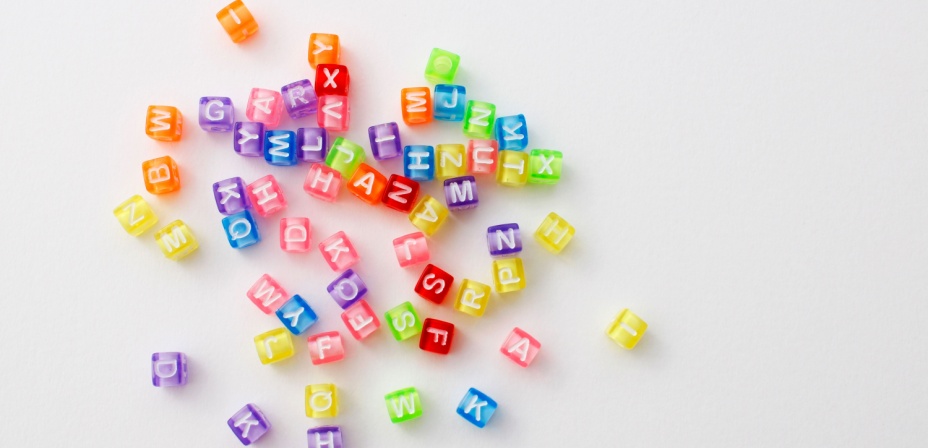
Tip: For kindergarteners, this activity works best with CVC words, which are consonant-vowel-consonant words that follow the standard rules of pronunciation. Have kids sort their letter beads into vowels and consonants, then let them experiment with different combinations to see what words they can discover on their own.
7. Label the Room
Use notecards to label common items around your house with their names, focusing on those that meet a kindergarten reading level (e.g. mat, bed, ball, etc.). You can use these for other kindergarten reading activities or just let the words sink in as your little one goes about their daily lives.
8. Write the Room

Here’s another way to use the room labels mentioned above! Use sticky notes to add a number to the notecards you created to label common items in your house. Give your child a clipboard with blank paper and a pencil. Have them make their way around the house from number to number, writing down the names of each item while reading them out loud. Mix up the numbers each time you do this, and add a new item in from time to time.
9. Color By Sight Words
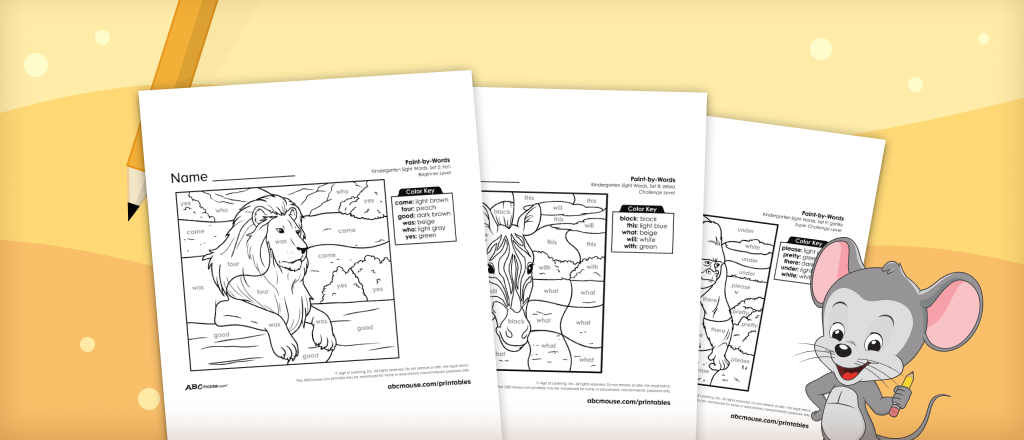
Boost your kindergartener’s recognition of high-frequency words with our free printable Color by Sight Word Worksheets for Kindergarteners. These engaging worksheets offer three levels of difficulty, making them perfect for gradually increasing challenges as your child’s skills develop. Children use a color key associated with different sight words (high-frequency words) to complete fun, colorful images, enhancing both word recognition and color matching skills.
10. Take a Stroll Across New Words
This idea from Coffee Cups and Crayons is perfect for kids who’d rather be up and moving! Use sidewalk chalk to write decodable words (those that follow the rules of pronunciation and can be easily sounded out) in large letters. Then, ask your child to stand on each letter, one at a time, and say the sound it makes. Finally, they can walk along from one letter to the next, blending the sounds into the word itself.
Tip: Give kids their own chalk and have them practice writing out each word themselves several times. Then, they can illustrate or decorate their words for a bit of creative fun! See more decoding activities for kids here.
11. Echo Reading

Choose a book to read together. Read each sentence aloud first, pointing to the words as you go. Be sure to read fluently and with good expression, but slowly enough for your child to follow along. Then have your child read the same sentence while pointing to the words. Echo reading can really help hesitant readers build confidence.
12. Predict the Action
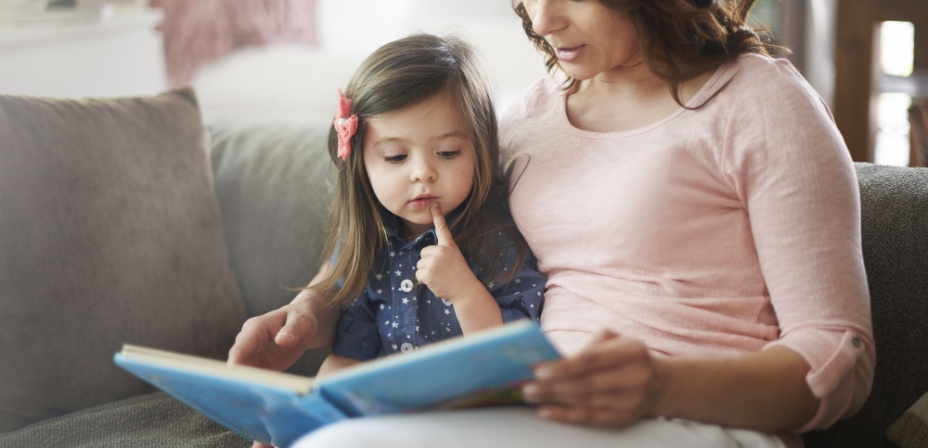
As you read together, stop from time to time and talk about what you think will happen next in the story. Use clues from what you’ve already read, plus look closely at illustrations for ideas about what’s coming next.
13. Book Part Names
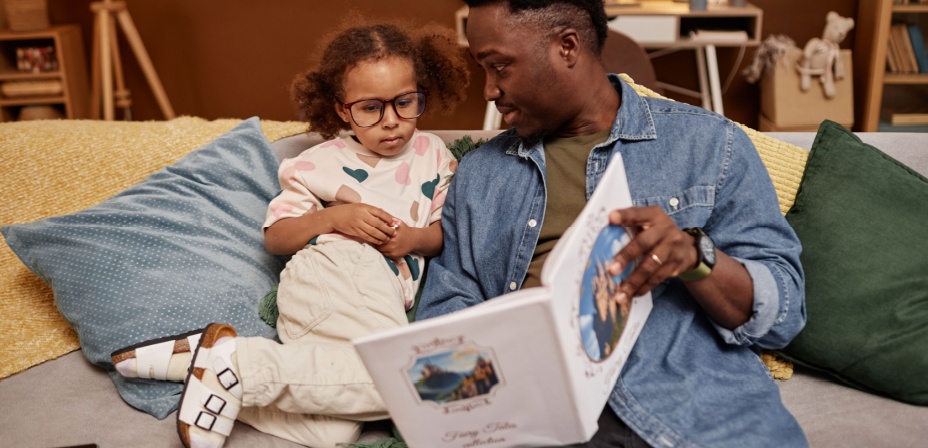
Don’t forget that part of reading is becoming familiar with books themselves. Take time before you read to talk about the parts of a book, like the title, author, illustrator, cover, spine, title page, etc.
14. Create a Phonics Flip Book
This nifty little book lets kids experiment with different sound blends, allowing them to discover new words all on their own. Kids Activities Blog has the instructions for splitting an index card notebook into sections. You can make multiple versions of these, with varying word lengths as kids advance their skills.
Tip: As children experiment with their books, ask them to write down any real words that they create. Keep a running list and see how many new words they can make without any help from others.
15. Feed the Sound Monster
Create a “monster” out of an empty tissue box. Write sight words, CVC words, or words from our lists of A-Z Words for Kids onto notecards or scrap of paper. Say a word aloud to your child and ask them to find that word in their notecards and “feed” it to the monster.
16. Act It Out

After you read a new story, ask your kindergartner to act out the plot as they remember it. This is a terrific way to ensure they’re truly understanding the story. They can play different parts themselves, or use puppets or stuffed animals as the characters instead.
17. Draw the Story
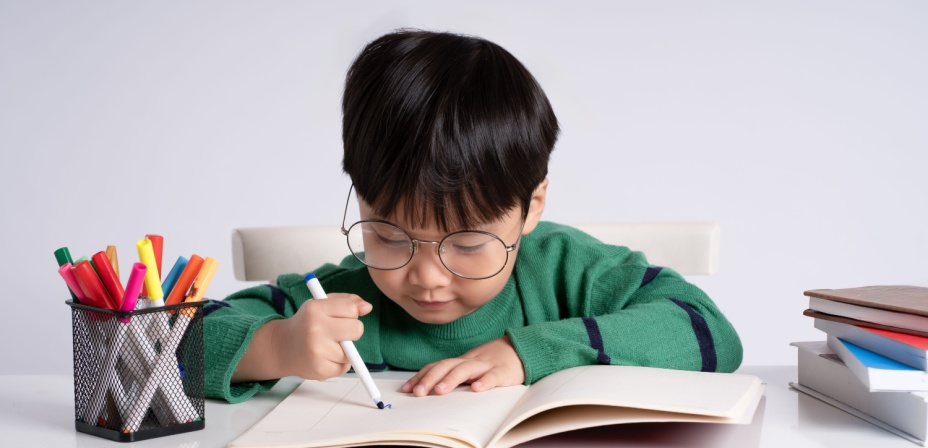
This is another kindergarten reading activity that helps with reading comprehension. Create comic book style pages with blank spaces. Then, ask your young reader to draw the actions of the story in their own art style. Have them draw at least three sections (beginning, middle, and end) or more if they want to.
18. Swat Beginning Sight Words
Sight words, also known as high frequency words, are common words that aren’t easily decodable because they don’t fit standard rules of spelling or pronunciation. Sight Word Swat, as demonstrated by Time for Play, is one reading activity kindergarteners will love to play again and again. Simply lay out cards with various sight words on them. Give kids a fly swatter. Then, call out a word and see how quickly they can swat it!
Tip: Choose a “Sight Word of the Day” and look for it wherever you go. This is a neat way to incorporate learning when you’re out and about. Little ones are often very excited to realize just how often some of these words appear (like “the” or “and”) and will celebrate the fact that they can recognize and read them.
19. Sight Word Bingo
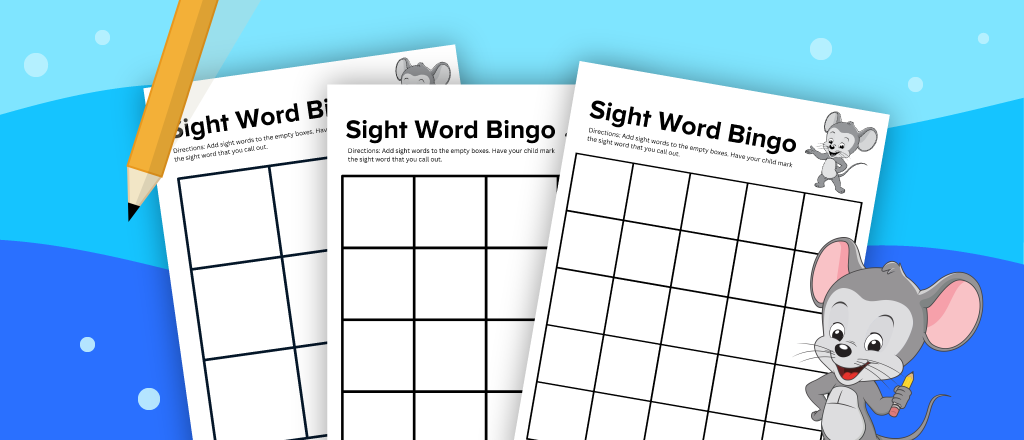
Turn learning sight words into a game with our free printable bingo cards that you can customize. Sight words, also known as high-frequency words, are important for early reading as they frequently appear in text. This game combines fun and learning where children can fill their bingo cards with words from our kindergarten sight words lists or choose from our list of first 100 high-frequency words to learn. Choose from bingo cards with 12, 16, or 25 squares, and use items like pebbles, beads, or marshmallows for marking.
20. Story Sequencing
Take those comic book storyboards and cut them apart into individual sections. Then, mix them up and see if your child can put them back into the correct order. This activity is called sequencing, and it’s key to reading comprehension.
21. Library Scavenger Hunt
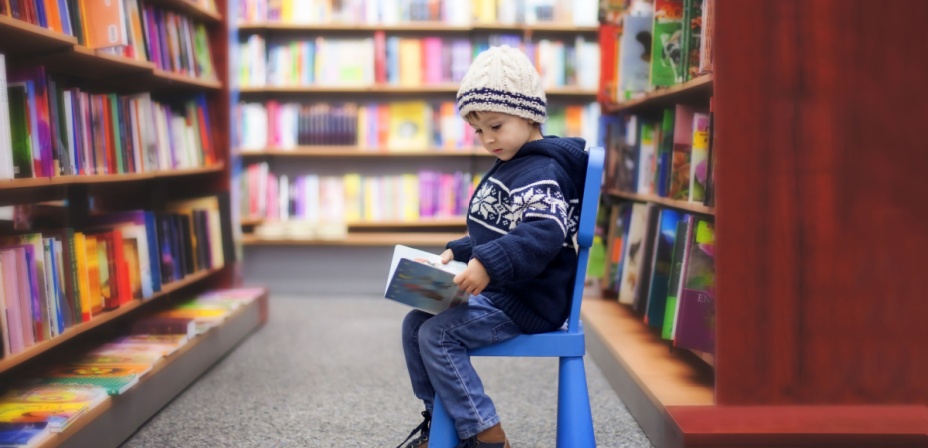
Headed to the library? Make your trip even more meaningful by exploring the various areas and resources. Create a checklist with items like “fiction books,” “newspapers,” “computers,” “meeting rooms,” etc. Then, make your way around the building, learning everything your library has in store for you both.
Tip: Check out a book from each section in the children’s library, including fiction, nonfiction, autobiographies, and more. As you read through them together, make note of how they’re different from each other, helping kids understand different styles of writing.
22. Reading Buddies
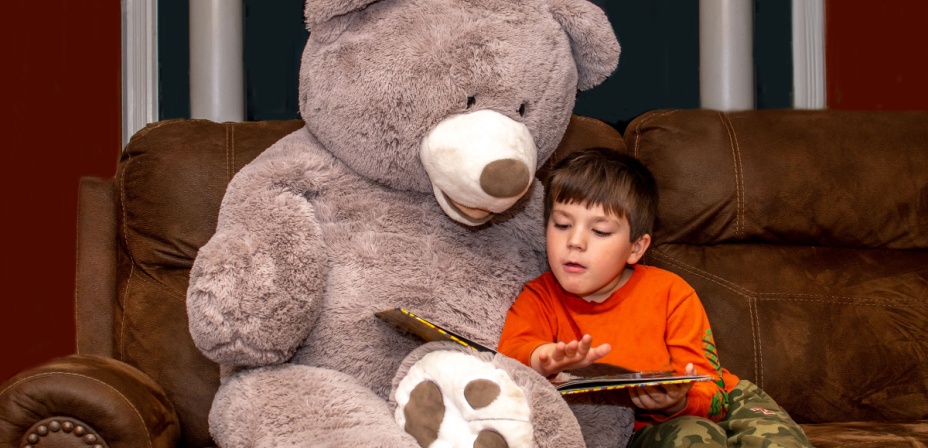
Reading out loud is more fun when you have an audience. Encourage your child to get more practice by reading to a group of their stuffed animals! Turn it into a special storytime experience by gathering them all around while your little reader sits in front, sharing the pages with their “listeners.”
23. Swap Spoons to Learn Rhyming Words
What a simple and surprisingly fun way to work on rhyming words! Label plastic spoons with letters of the alphabet. Then, use them as a sort of “magic wand” by placing them at the beginning of different word endings, as shown by Teacher Bits and Bobs. See how many different words you can create.
Tip: Try Rhyming I Spy. Say, “I spy with my little eye something that rhymes with sat.” Kids look around until they find the object you have in mind, then it’s their turn to go. This is an excellent game to keep kids busy pretty much anywhere.
24. Reading Videos
Record videos of your child reading their favorite books, one a week or so. After a few months, have them look back at earlier videos to see just how much progress they’ve made. Once they’re fluent readers, they can make book videos to share with friends and family too.

Tip: Part of reading fluently is being able to read smoothly with expression. Even early readers can do this, especially with books they’re more familiar with. After kids sound out the words on a page, don’t immediately flip to the next. Instead, have them re-read the passage, this time focusing on fluency.
25. Character Dress up
Get kids excited about reading by having them dress up as their favorite characters while they read! Whether they’re flipping pages as Captain Underpants or reading aloud as Pete the Cat, your kindergartner will really get into the learning.
26. Practice Word Families
Print out our free printable word family worksheets to build familiarity with common phonetic patterns like -at, -ig, and -ot. These worksheets are great to have on hand as an on-the-go learning activity while in the car or waiting at appointments or at restaurants. You can extend learning by asking your child to come up with more words in each word family.
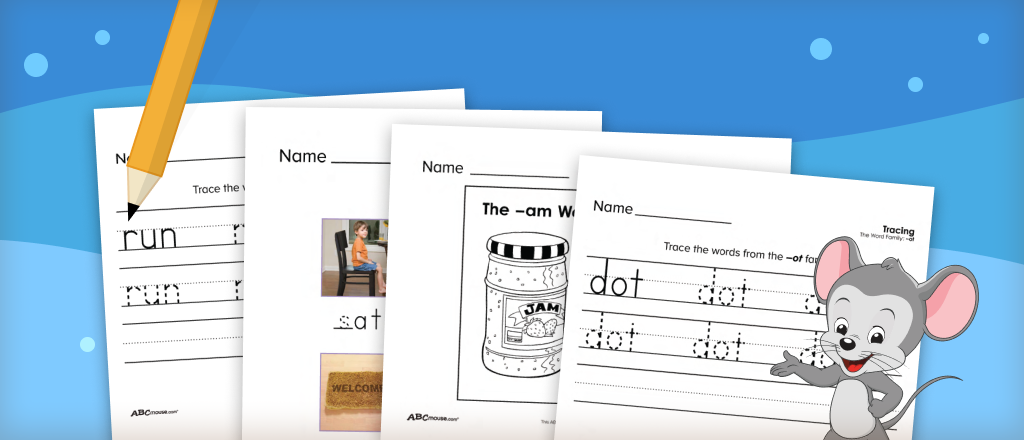
27. Place Punctuation Stickers
Once kids know enough basic words, they’ll be able to start reading simple books on their own. That’s when they’ll need to know how punctuation marks work. Try this idea from Creative Family Fun. Write periods, exclamation marks, and question marks on small colored dot stickers. Then write out some sentences. Have kids pick the right sticker to end the sentences with.
Tip: You can use very easy words they’re able to read, or use more advanced words that you read out loud to them. Remember to put the right inflection in your voice to give them the cues they’ll need.
28. Book Review

Kids have lots of opinions to share, so ask them to review a book after they read it. Find out what they liked or didn’t like, what surprised them, what they thought of the characters, and so on. Then, have them give each book a rating out of five stars.
29. Online ‘Read to Me’ Books
Encourage your child’s independent reading journey with ABCmouse’s Extensive Online Library, featuring specialized sections like Read to Me and Leveled Readers. The Read to Me option is perfect for younger children or early readers, providing narrated stories that help them understand pronunciation and story flow as they follow along.

For children ready to tackle reading on their own, our Leveled Readers section offers books categorized by reading skill, allowing children to select books that match their reading abilities. The ABCmouse Digital Library is only available with an ABCmouse subscription.
30. Read, Read, Read!!
One of the best ways to teach reading skills at this age is simply by enjoying a plethora of books together. Add some excitement to it by setting fun challenges for you and your child, such as reading 100 books in 100 days!
If you’re on the hunt for some fantastic book recommendations, check out our 35 of the Best Books for Kindergarteners, which includes a wide variety of books and genres for young readers.
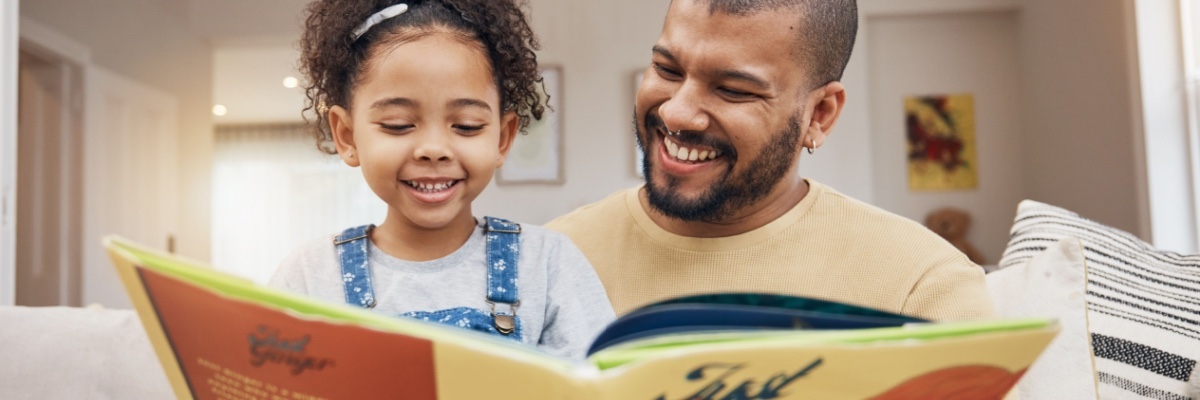
31. Shared Reading
Try shared reading, a simple activity you can do at home that makes learning to read more interactive. By reading a book together, you can help grow your child literacy skills while spending time together. As you read aloud, point to the words and discuss the story. Consider explaining new words and calling your child’s attention to basic sentence structure as you read together.
Check out our guide on The Power of Shared Reading, where you’ll find helpful tips and step-by-step instructions to make reading together a special part of your day.
32. Stay Motivated with Reading Charts
Get your kindergartener excited about reading with our Free Printable Reading Charts for Kids. These charts are a fantastic way to help your child track their reading progress and stay motivated. You can download and print a variety of charts, each designed to encourage daily reading and show your child how much they’ve accomplished.
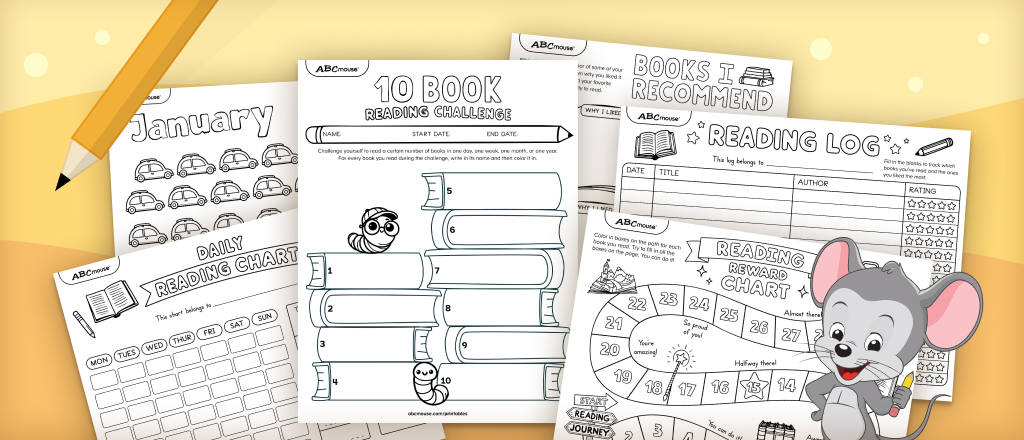
Whether it’s tackling a 5-book challenge or filling out their monthly reading log, these charts aim to make reading fun and rewarding.
33. Experiment with Rhyming
Rhyming words are a simple yet powerful way to help your kindergartener start to understand how language works. When words rhyme, they have the same ending sound, like “cat” and “hat” or “sun” and “fun.” Playing with rhyming words can make learning to read more engaging and fun for your child. It helps them recognize patterns in words, which is a key skill in learning to read.
You can introduce rhymes through songs, stories, or even by making up silly verses together. This not only boosts their phonetic awareness but also adds a bit of fun to your reading time together.
34. Try Making a Story Map
Story mapping is a fantastic way to help young readers understand and retain what they read by visually organizing information about the story’s characters, setting, and plot.
First, print out our easy-to-use story map templates. As you read a story to your child, they can draw pictures in the different sections of the map (or you can write in their answers), such as the characters involved, where the story takes place, and the sequence of events from beginning to end.
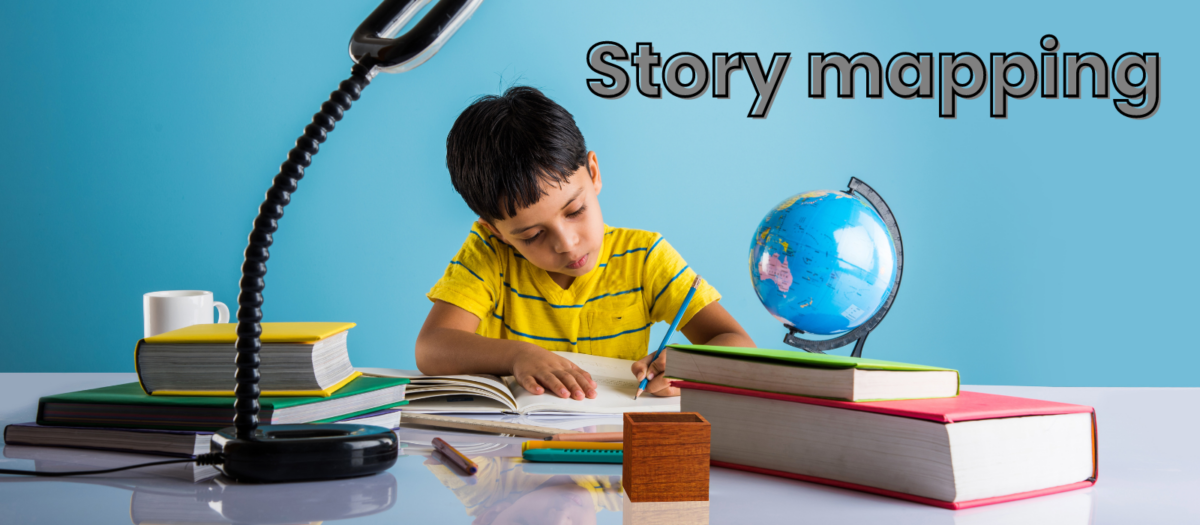
35. Phonics Activities for Kindergarteners
Check out this bonus list of 50 fun phonics activities. Each activity is designed to be quick and engaging, blending learning with play to keep little ones interested and excited. From playful puzzles to silly songs that reinforce sounds, these activities are designed to easily fit into your daily routine.
Try ABCmouse’s Reading Games & Activities
ABCmouse has hundreds of reading games and activities designed to help your kindergartener learn and develop their reading muscles, including:
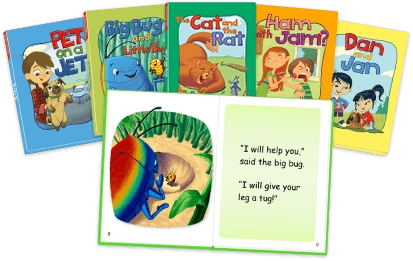
- Letter and Sound Recognition
- Word Blending
- Sight Words
- Reading Comprehension
- Phonics
- Vocabulary Building
- Reading Fluency
- Progress Tracking
- AND MORE!
Legal disclaimer: Any links provided to third-party resources are provided for informational purposes only. We do not sponsor or endorse, and are not affiliated with such parties, unless explicitly stated otherwise.
-
Rhyming Games and Activities for Kids
Explore fun rhyming games and activities that boost literacy skills while keeping learning playful and engaging. Perfect for toddlers to early elementary kids!
-
90+ Engaging STEM Activities for Kids
Discover 90+ fun STEM activities for kids! Explore hands-on experiments and learning games for preschoolers, kindergarteners, and first graders.
-
30 Engaging STEM Activities for First Grade
Engage your first grader with hands-on STEM activities that inspire curiosity and learning. Explore easy, outdoor, and challenge-based experiments for young minds!
-
STEM Activities for Kindergarteners
Discover 30 interactive STEM activities for kindergarten that spark curiosity, creativity, and critical thinking through hands-on learning and exploration.
-
Letter Q Crafts and Activities
Explore fun and engaging Letter Q crafts and activities for preschoolers, including painting, quilts, and quacking ducks, to boost early learning!
-
Letter P Crafts and Activities
Explore fun and easy letter P crafts for preschoolers! From penguins to pasta, these activities build alphabet skills using creative, hands-on projects.

